Cages vs Concrete Wire?
jeff94519
16 years ago
Related Stories
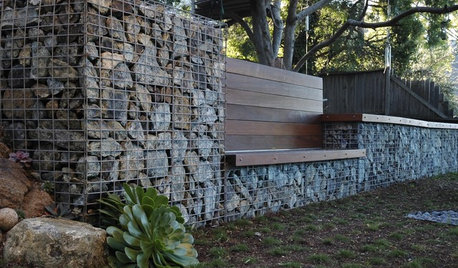
DESIGN DICTIONARYGabion Wall
A wire cage filled with rock makes for a free-form wall solution
Full Story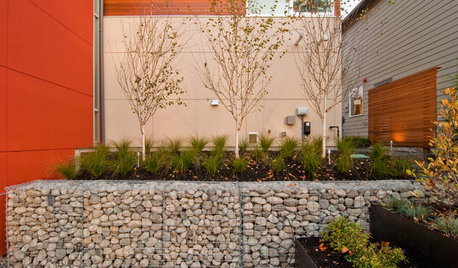
LANDSCAPE DESIGNGarden Walls: Gabion Evolves From Functional to Fabulous
The permeable rock-, concrete- or glass-filled steel cages are showing up as retaining walls, planters, benches and more
Full Story
DECORATING GUIDESInspiring Materials: Metal Wire
Add the Open Look of Wire to Your Lighting, Furnishings and Decor
Full Story
CONCRETEWhy Concrete Wants to Crack
We look at the reasons concrete has a tendency to crack — and what you can do to help control it
Full Story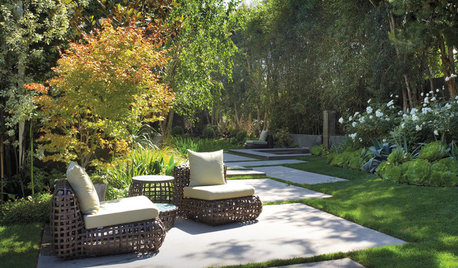
PATIOSLandscape Paving 101: Cast-in-Place Concrete
A construction standard, cast-in-place concrete can be used for a wide variety of project types
Full Story
INSPIRING GARDENSFrom Concrete Lot to Gracious Organic Garden in Seattle
Plants, pests and even weeds have a place in this landscape, which offers an edible bounty and a feast for the eyes
Full Story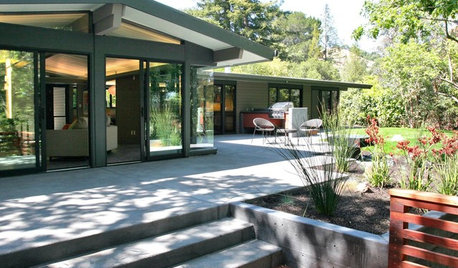
LANDSCAPE DESIGN5 Ways to Make Your Concrete Patio More Attractive
These design ideas can liven up your paved outdoor space
Full Story
KNOW YOUR HOUSEKnow Your House: The Basics of Insulated Concrete Form Construction
Get peace and quiet inside and energy efficiency all around with this heavy-duty alternative to wood-frame construction
Full Story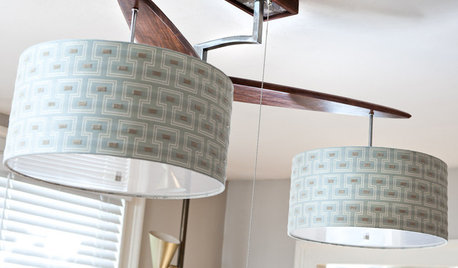
TASTEMAKERSTastemakers: Talents Shine in New Lighting Designs
Inside Inspired Wire Studio, she says "Wouldn't it be cool if...?" and he makes it come to life
Full Story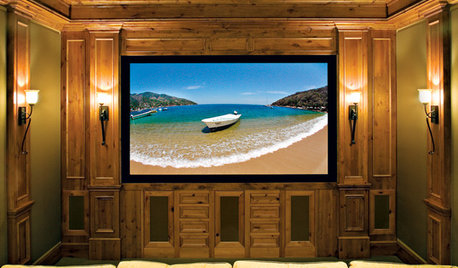
MEDIA ROOMS5 Tips to Turn Your Basement into a Media Room
From wiring to gadgets to decor, a designer tips us off to the secrets for media room success
Full StoryMore Discussions







bigdaddyj
korney19
Related Professionals
Folsom Landscape Architects & Landscape Designers · Middle Island Landscape Architects & Landscape Designers · Waterbury Landscape Contractors · Aberdeen Landscape Contractors · Fair Lawn Landscape Contractors · Harvey Landscape Contractors · Kettering Landscape Contractors · Los Banos Landscape Contractors · Roswell Landscape Contractors · Streamwood Landscape Contractors · Jacinto City General Contractors · Meadville General Contractors · Murrysville General Contractors · Winton General Contractors · Benton Decks, Patios & Outdoor Enclosuresanney
korney19
tomstrees
deepsand
gonefishin
deepsand
gonefishin
korney19
frugal_gary
korney19
gonefishin
vall3fam
doof
jeff94519Original Author
korney19
john90808
gonefishin
digdirt2
dwmcclain
bigdaddyj
vgautam
bigdaddyj
bigtomato
foose4string
dave1mn2
tazmo
tbt3
kwik1
tomstrees
tomstrees
bootster
jsvand5
bigdaddyj
macheske
bootster
lakeshorenc
rockrick
brandyray
thepodpiper
macheske
thepodpiper
tomakers
plant-one-on-me
dave1mn2
lightt
dave1mn2
elkwc
horse_chick